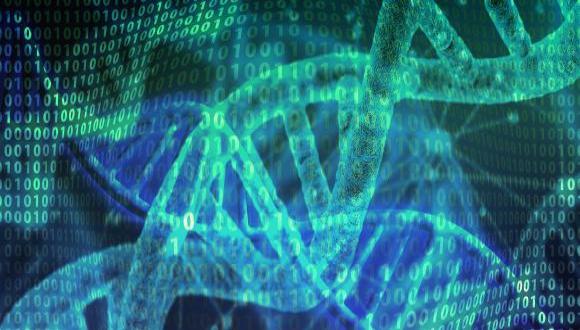Cytoskeletal Protein Palladin in Adult Gliomas Predicts Disease Incidence, Progression, and Prognosis
Published article
Introduction
Gliomas, which originate from the brain’s support cells, or neuroglia, comprise 23–25% of all brain tumors, and 80% of malignant brain tumors [1]. The World Health Organization (WHO) classifies glioma tumors according to the following: their molecular, histological, and immunohistochemical characteristics; whether the tumor is diffuse or circumscribed; and its occurrence in adult or pediatric patients. To diagnose central nervous system (CNS) tumors, a pathologist determines the histology of the tumor, grades it from 1–4, and reports on the molecular characteristics of interest. Finally, considering all the features of the lesion, an integrated diagnosis is assigned following the WHO CNS5 guidelines [2]. Typical survival time is in the range of 1–10 years. For glioblastomas, the most common form of glioma, the 5-year survival time is only 6.8% [1].
The current leading prognostic factors of glioma are age, Karnofsky performance score (KPS), and tumor grade. The number of glioma lesions and the degree of surgical resection also impact prognosis [3,4]. Several genetic alterations serve as prognostic factors for glioma. Loss of heterozygosity of 1p/19q is considered a favorable prognostic factor, though this association is stronger in oligodendrogliomas than in astrocytomas and glioblastomas, and is, therefore, also used in diagnosis [5,6,7]. Gain of function mutations in the TP53 gene, causing overexpression of p53 protein, is an adverse prognostic factor associated with shorter overall survival [8]. Isocitrate dehydrogenase 1 (IDH1) and IDH2 mutations are favorable prognostic factors and can facilitate diagnosing astrocytomas and oligodendrogliomas, whereas IDH-wildtype is associated with lower overall survival and characterizes glioblastomas [9]. Promoter methylation of O6-methylguanine DNA methyltransferase (MGMT) is a favorable prognostic factor that is associated with enhanced sensitivity to alkylating agents in chemotherapy [10,11]. Lastly, ATRX mutations, which occur most often in astrocytoma, are associated with wildtype 1p/19q and with mutations in IDH1/2 and TP53, and may be involved in alternative lengthening of telomeres, and, thus, contributing to genomic instability [12,13].
The current standard of care for gliomas is surgical resection, followed by chemotherapy with temozolomide (TMZ) and radiation therapy [14]. Tumor treating fields (TTFields) are alternating electric fields that stunt tumor growth by interfering with the cell cycle [15]. Clinical trials have shown that TTFields, in combination with TMZ, improve the overall median survival of patients with glioblastoma by 5 months compared to TMZ alone [16]. The drug bevacizumab employs a humanized antibody that targets human vascular endothelial growth factor, resulting in decreased tumor vascularization and, consequently, reduced tumor proliferation [14,17]. Despite advances in treatments, high-grade gliomas (HGG) remain largely incurable.
Palladin, encoded in the PALLD gene, is a widely expressed protein in mammalian tissues. This protein has pivotal roles in cytoskeletal organization and motility in developing, normal, and diseased tissues [18,19]. Palladin is localized to both highly motile and actin rich structures, such as stress fibers, focal adhesions, dorsal ruffles, podosomes, Z-discs, invadopodia, and filopodia [18,20]. Palladin acts as a major scaffolding protein, by recruiting other actin-related proteins, such as profilin, VASP, α-actinin, ezrin, PDLIM1, Eps8, and LASP-1 [21,22,23,24,25,26,27]. Palladin also promotes actin filament nucleation and crosslinking, thus supporting stronger fibers in higher numbers. Taken together, palladin is a major player in cytoskeletal dynamics [18,28,29,30,31]. It has been linked to the progression and aggressive behavior of breast [32], pancreatic [33], ovarian [34], colorectal [35], and renal cancers [36]. Previously, in an orthotopic breast cancer metastasis mice model, we showed that local delivery of miR-96/miR-182, bound to gold nanoparticles and embedded in a hydrogel, reduced metastasis by downregulating palladin expression [37]. In the CNS, palladin is expressed in the neural plate, neural progenitor cells, cortical neurons, and astrocytes [38,39,40]. The protein is involved in embryonic development, neuronal maturation, the cell cycle, differentiation, and apoptosis [38,41,42,43]. The role of palladin in brain tumors is currently unknown. In this study, we investigated the link between palladin expression and glioma progression, and we assessed palladin’s potential as a marker of disease aggressiveness.





